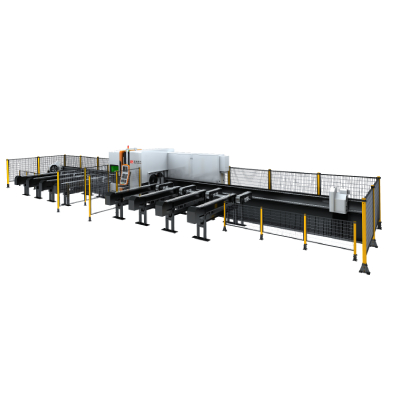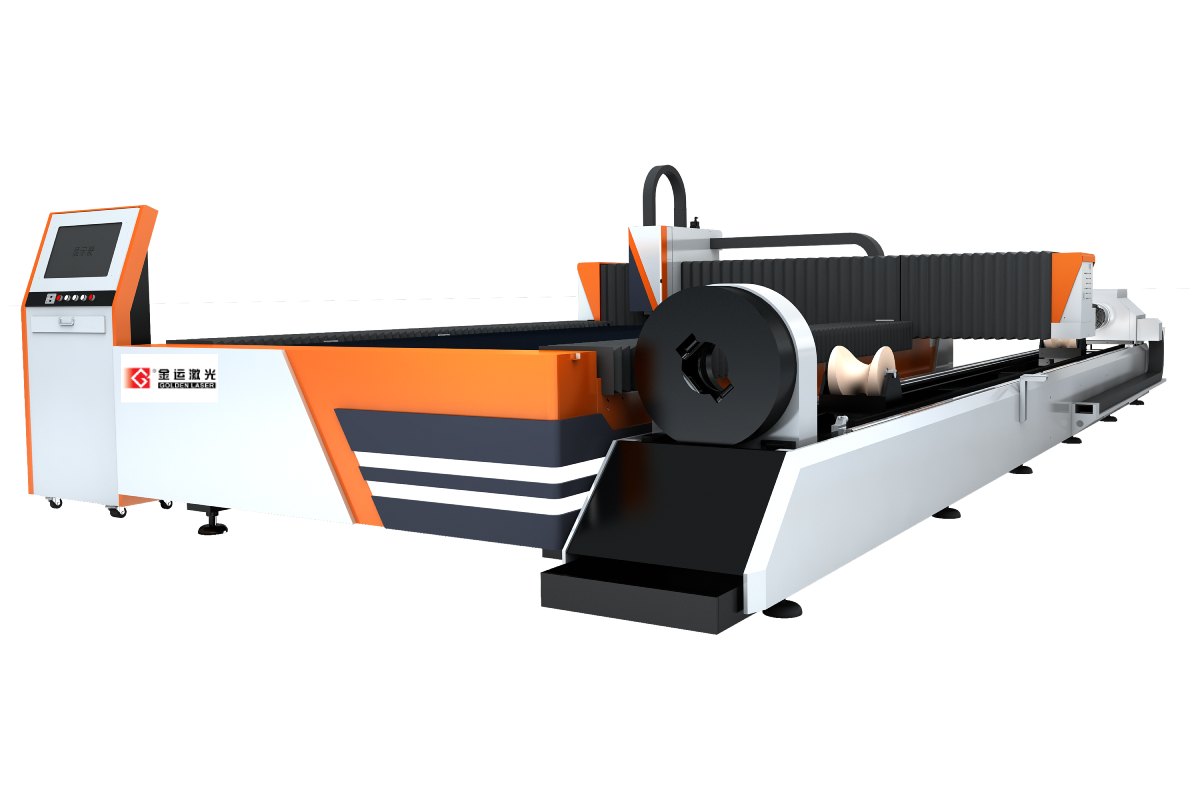****
In the ever-evolving world of manufacturing, technology continues to play a pivotal role in shaping processes and outputs. Among the most revolutionary advancements is furniture metal laser cutting, a technique that has changed the landscape of how metal components for furniture are designed, manufactured, and assembled. This innovation combines precision, efficiency, and versatility, making it a preferred method for many modern producers. In this article, we will delve into the intricacies of furniture metal laser cutting, including its process, benefits, applications, and future prospects.
Understanding Furniture Metal Laser Cutting
Furniture metal laser cutting utilizes high-powered lasers to cut and shape various metals with unmatched accuracy. The process begins when a computer-controlled laser beam targets a metal sheet or part. The laser’s concentrated energy heats the metal, melting it at the contact point, allowing for clean cuts and intricate designs. This method is applicable to a wide range of materials, including aluminum, stainless steel, brass, and more.
The advanced CNC (Computer Numerical Control) technology integrated with laser cutting machines ensures that the cuts are executed according to precise digital designs, which can be adapted easily for different furniture styles and requirements. The consistency and repeatability of laser cutting make it an ideal solution for mass production while still offering flexibility for custom pieces.
Benefits of Laser Cutting for Furniture Production
1. **Precision and Quality**: One of the main advantages of furniture metal laser cutting is the precision it offers. Laser beams can achieve cutting tolerances as tight as a few microns, resulting in smooth edges and a high-quality finish. This level of accuracy is crucial for modern furniture, which often incorporates intricate designs and detailed features.
2. **Material Efficiency**: Laser cutting minimizes waste by optimizing material usage. With accurate measurements and the ability to nest designs closely, manufacturers can significantly reduce scrap metal, contributing to a more sustainable and cost-effective production process.
3. **Speed and Efficiency**: The speed at which laser cutting operates is another significant benefit. Compared to traditional cutting methods, laser cutting can complete jobs faster without sacrificing quality. This speed allows manufacturers to meet tight deadlines and react promptly to market demands.
4. **Versatility**: Furniture metal laser cutting technology can be adapted for various applications. Whether it’s creating frames, drawer pulls, table legs, or intricate decorative elements, the flexibility afforded by laser cutting technology supports a wide range of design possibilities.
5. **Reduced Labor Costs**: Automation in the cutting process results in a reduced need for manual labor, lowering overall production costs. CNC systems can be operated with minimal oversight, allowing for more consistent outcomes and freeing skilled labor for other tasks within the manufacturing process.
Applications in Furniture Design
As furniture design continues to push boundaries, laser cutting technology provides the capabilities to create unique and innovative products. Here are some key applications of furniture metal laser cutting:
1. **Custom Furniture**: Designers can easily create bespoke pieces tailored to specific client needs. With laser cutting, complex designs can be replicated precisely, enabling a level of customization that wasn’t possible with traditional methods.
2. **Decorative Elements**: Laser cutting allows for the creation of elaborate patterns and shapes that serve as decorative elements on various furniture items. From laser-cut panels that add visual intrigue to furniture to intricate engraving, the aesthetic appeal of products is enhanced significantly.
3. **Structural Components**: The durability and strength of metal make it a preferred choice for structural components in furniture. Laser cutting ensures that parts like brackets, supports, and frames are robust and well-assembled, enhancing the longevity of the final product.

Exploring the Advancements and Applications of Furniture Metal Laser Cutting Technology in Modern Manufacturing
4. **Rapid Prototyping**: The ability to quickly produce prototypes of furniture pieces enables designers to test and iterate their concepts effectively. Laser cutting technology facilitates rapid changes to design specifications without the need for extensive new tooling.
5. **Industrial and Commercial Designs**: Beyond residential furniture, laser cutting finds applications in commercial environments, producing items like signage, display fixtures, and custom shelving units. The ability to create durable, visually appealing elements is invaluable in these contexts.

Exploring the Advancements and Applications of Furniture Metal Laser Cutting Technology in Modern Manufacturing
The Future of Furniture Metal Laser Cutting
As technology continues to progress, the future of furniture metal laser cutting looks promising. Advances in laser technology, such as fiber lasers and improvements in software, will further enhance the capabilities of cutting machines, making them faster, more efficient, and capable of handling diverse materials.

Exploring the Advancements and Applications of Furniture Metal Laser Cutting Technology in Modern Manufacturing
Moreover, the trend toward sustainability in manufacturing is likely to bolster the popularity of laser cutting. As companies seek to reduce their environmental impact, the efficiency and minimal waste associated with laser cutting align well with sustainability goals.
Integration with Industry 4.0 technologies, such as the Internet of Things (IoT) and artificial intelligence (AI), will also play a crucial role in the development of laser cutting processes. Smart machines will gather data on production flows, enabling manufacturers to optimize operations and predict maintenance needs, further enhancing productivity.
Conclusion
Furniture metal laser cutting is a transformative technology at the forefront of modern manufacturing. By leveraging precision, efficiency, and flexibility, manufacturers can produce high-quality furniture that meets the growing demands of consumers. As advancements continue in this space, we can expect to see exciting developments that will redefine furniture design and production, ultimately enriching the way we experience and interact with furniture in our daily lives. Double table 3000 Watt Fiber Laser



